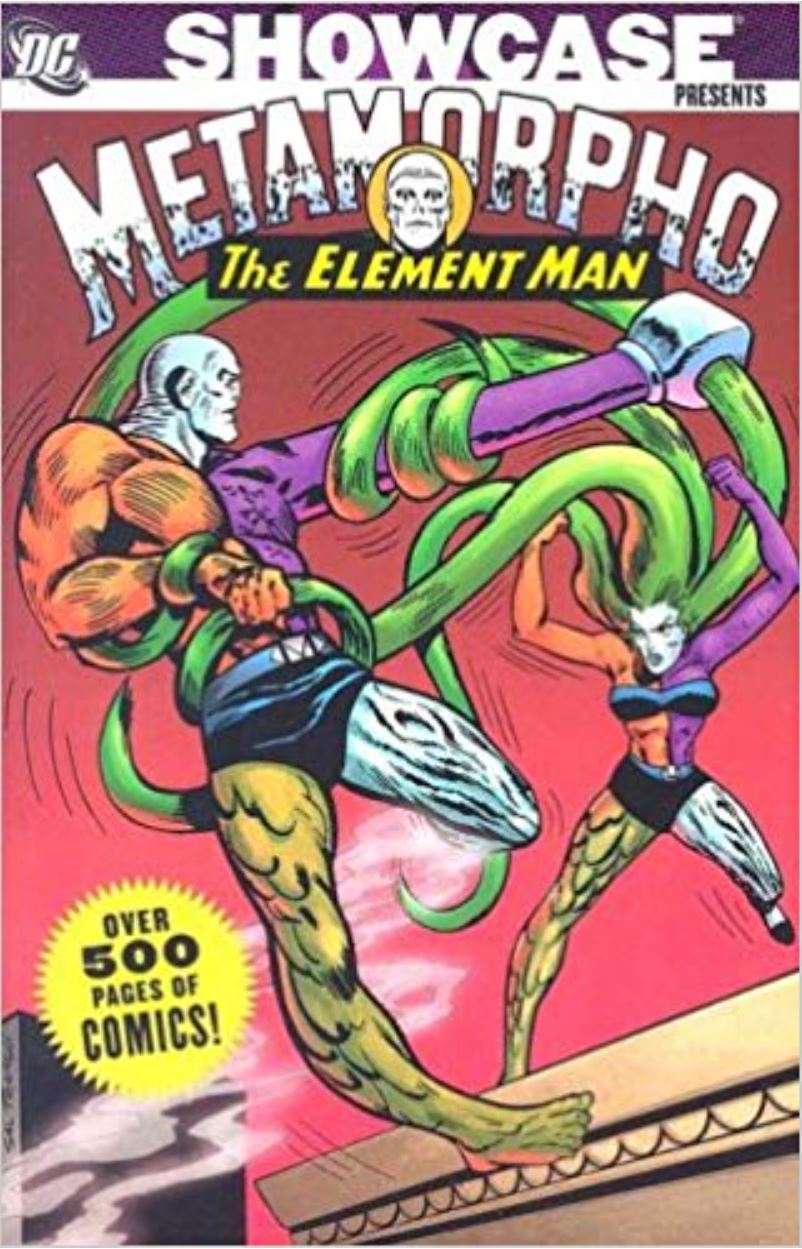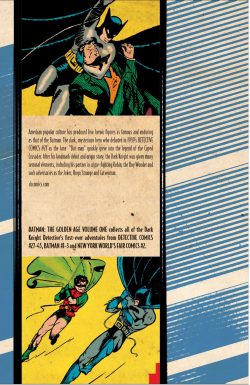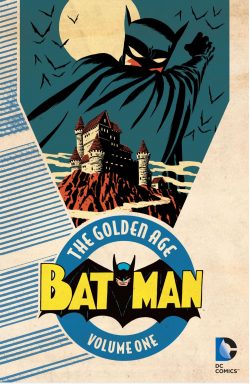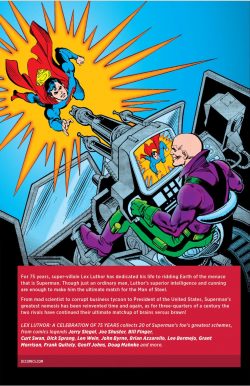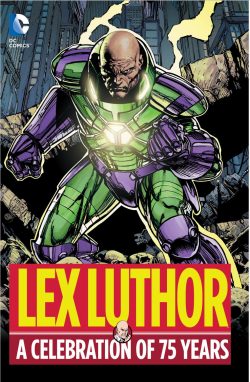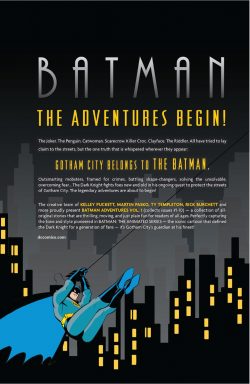
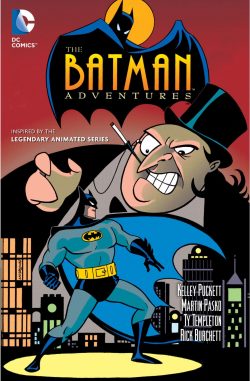
By Kelly Puckett, Marty Pasko, Ty Templeton, Rick Burchett, Brad Rader, Mike Parobeck, Rick Taylor, Tim Harkins & various (DC Comics)
ISBN: 978-1-4012-5229-8 (TPB/Digital)
Batman: The Animated Series aired in America from September 5th1992 until September 15th 1995. Ostensibly for kids, the TV cartoon show was devised and designed by Paul Dini, Bruce Timm and Eric Radomski (with writer Paul Dini). Its success utterly revolutionised the image of the Dark Knight, resulting in some of the absolute best comic book tales in his decades-long publishing history as the series spawned a print spinoff and eventually a niche genre.
Employing a timelessly elemental and primal visual tone (dubbed “Dark Deco”) TV episodes mixed iconic elements from all comic iterations of the character and, without diluting the power and mood of the premise, perfectly honed the grim avenger and his team into a wholly accessible, thematically memorable form even the youngest of readers could enjoy, whilst adding shades of exuberance and noir style that only most devoutly obsessive Batmaniac could possibly find fault with.
The comics version became a cast-iron certainty for collection in the newly-emergent trade paperback market which stormed into and out of shops in the mid-1990s. Here the first ten titanic all-ages exploits (October 1992 to July 1993) from The Batman Adventures comic book are rediscovered and gathered with tales in a smashing, straightforward sampler of Fights ‘n’ Tights fantasy.
With colourist Rick Taylor, and letterer Tim Harkins on duty throughout, the moodily magnificent action opens with ‘Penguin’s Big Score’ by writer Kelly Puckett, and artists Ty Templeton & Rick Burchett. Each story was divided into three chapters and ‘Charm School Dropout!’ sees the Bird of Ill Omen taking tips on how to rehabilitate his nefarious reputation from The Joker, whilst in ‘Top of the World, Ma!’ the Foul Fowl’s new standing as a philanthropist has all Gotham agog. The sinister scheme is finally exposed by Batman in climactic third act ‘Power of the Press’, but the hero has no idea the real winner is the Clown Prince of Crime…
For #2, Puckett, Templeton & Burchett deliver ‘Catwoman’s Killer Caper’, kicking off with a gem heist before – at Joker’s insistent urging – sultry Selina Kyle visits England’s Tower of London to swipe ‘The Family Jewels!’ In hot pursuit, the Gotham Gangbuster pops across The Pond to quell ‘Panic over Londontown’ and solve an apparently impossible theft in ‘Midnight Madness’ …but not before the Harlequin of Hate snatches the real prize…
The crafty conniving culminates in ‘Joker’s Late-Night Lunacy!’ (#3 by Puckett, Templeton & Burchett), with Gotham’s airwaves hijacked and Commissioner Gordon kidnapped by the larcenous loon and made himself literally unmissable viewing in ‘A Star is Born!’
‘I Want My JTV!’ depicts District Attorney Harvey Dent make it onto the Joker’s inhospitable guest list, but Batman is still one step ahead of the game and lowers the boom in explosive finale ‘Flash in the Pan!’
Writer Marty Pasko and penciller Brad Rader joined inker Burchett for a gripping 2-issue terror tale guest starring Robin as ‘Riot Act’ describes ‘Panic in the Streets’ after a strange plague caused citizens to lose the ability to read. Even with complete chaos gripping Gotham the Teen Wonder’s ‘Help on the Wing’ results in a huge step forward but when ‘Robin Takes a Fall’, the hidden culprit reveals himself before the drama intensifies in #4 with ‘Riot Act: Johnny Can’t Read!’ as The Scarecrow steps up his campaign to teach slackers of the modern world a harsh lesson. In fact, the Dynamic Duo are well aware of the ‘Hi-Fi Hijinx’ at the root of the problem and, with the help of a repentant henchman, crush the crisis in ‘Those Who Can’t Do!’
A crafty change of pace finds Bruce Wayne is arrested for murder in ‘The Third Door!’ as crafted by Puckett, Rader & Burchett. The cunning locked-room mystery opens with ‘The Party’s Over’ as the prime suspect details the facts of the case to young Dick Grayson, before being locked up with a mob of dangerous thugs in ‘Crime and Punishment’, leaving the wonder kid to ferret out the real killer in tense conclusion ‘War and Peace’…
After a mere half-dozen superb stories the comic book adventures took a step towards total perfection when then-rising star Mike Parobeck assumed the pencilling duties. Although his professional comics career was tragically short (1989 to 1996, when he died, aged 31, of complications from Type 1 Diabetes) his gracefully fluid, exuberant, kinetically fun-fuelled animation-inspired style was a revelation. Parobeck revolutionised superhero action drawing and sparked a resurgence of kid-friendly comics and merchandise at DC and everywhere else in the comics publishing business.
Here his tenure began with ‘Raging Lizard!’, which sees shady pro wrestler Killer Croc confront a long dark night of the soul. In ‘Requiem for a Mutant!’ Croc’s scheduled to fight Masked Marauder – a grappler who humiliated and broke him in their last bout. Batman meanwhile is searching for Mandrake: a Chicago mobster planning on taking over Gotham City by ousting reigning crime czar Rupert Thorne in ‘Eye of the Reptile!’
Naturally all those trajectories converge in the third act for a major throw-down ‘Under the Waterfront!’…
TBA #8’s ‘Larceny, My Sweet’ begins with the hunt for an unstoppable thief who can ‘Break the Bank!’ with his bare hands, whilst TV reporter Summer Gleeson divides her time between chasing scoops and being romanced by a dashing stranger in ‘Love’s Lost Labours’. Sadly, when the Gotham Gangbuster crushes the crime-wave he also exposes monstrous old muck menace Clayface and accidentally ends the affair of ‘Beauty and the Beast!’
Next issue ‘The Little Red Book’ everyone’s chasing holds all Thorne’s dirty secrets and Commissioner Gordon is presiding over a ‘Gangster Boogie!’ With the cops and entire underworld looking to win out over ‘The Big Boss’, it takes all Batman’s energy and wits to bring the diary to DA Dent for the beginning of ‘Rupert’s Reckoning!’…
Ending the all-ages action is ‘The Last R?ddler Story’ which details ‘Nygma’s Nadir!’ as the perpetually frustrated Prince of Puzzlers considers retirement. Dispirited and despondent because the Caped Crusader always solves his felonious games, the villain grudgingly accedes to a faithful hench-person’s pleas to give it one more try in ‘Days of Wine and Riddles!’
How upset would Eddie Nygma be if he knew Batman isn’t even aware of him, absorbed as he is in apprehending infamous trio Mastermind, Mr. Nice and The Perfesser in ‘Triumph or Tragedy…?’
Breathtakingly written and iconically illustrated, these stripped-down rollercoaster-romps are quintessential Bat-magic: treasures every fan of any age and vintage will adore.
Pure, unadulterated delight!
© 1992, 1993, 2014 DC Comics. All Rights Reserved.

